Home
Welcome to the Trisected Encyclopedia! This encyclopedia was curated by Trisected's creator, Emily Cook, and contains information about all your favorite characters and the mysterious concepts of the Trisected world.
About
Trisected is a TV show about the teenager Emma Spinner, who uses her superpowers to fight off supernatural forces that threaten her hometown. Over the next few years, Emma discovers secrets about her family's past, future, and present and the way the world has been shaped by long-lived creatures that seek to mold the world as they see fit.
For our Zenith project, I was tasked with creating and completing an original project over the course of two months. The final results of this project are on this website. In addition to the encyclopedia, this website also hosts an essay I wrote while working on this project, as well as links to where you can view physical copies of the encyclopedia.
Explore
Gallery
Snapshots of the art and process used to finish my Zenith project.
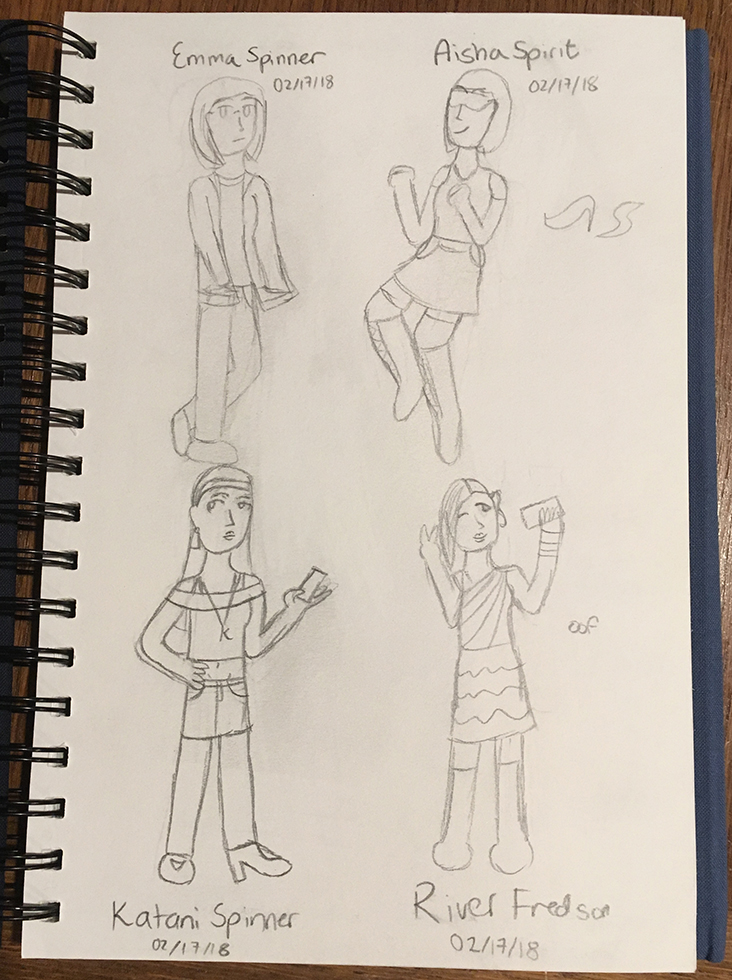
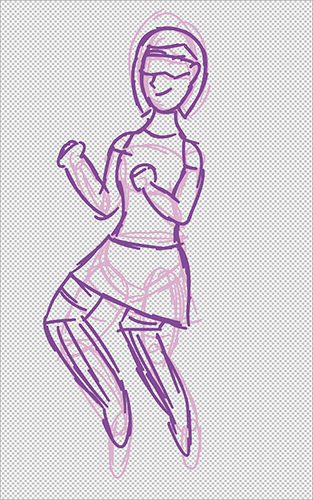
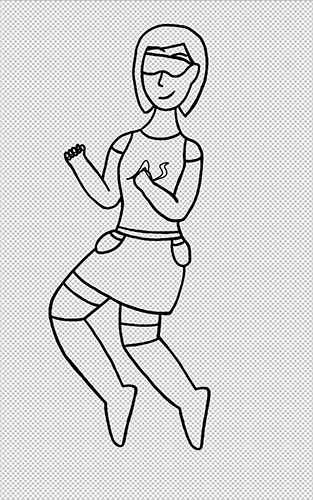
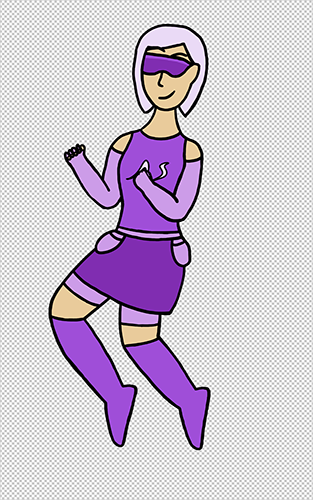
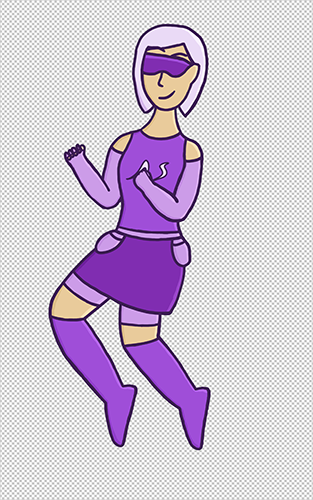
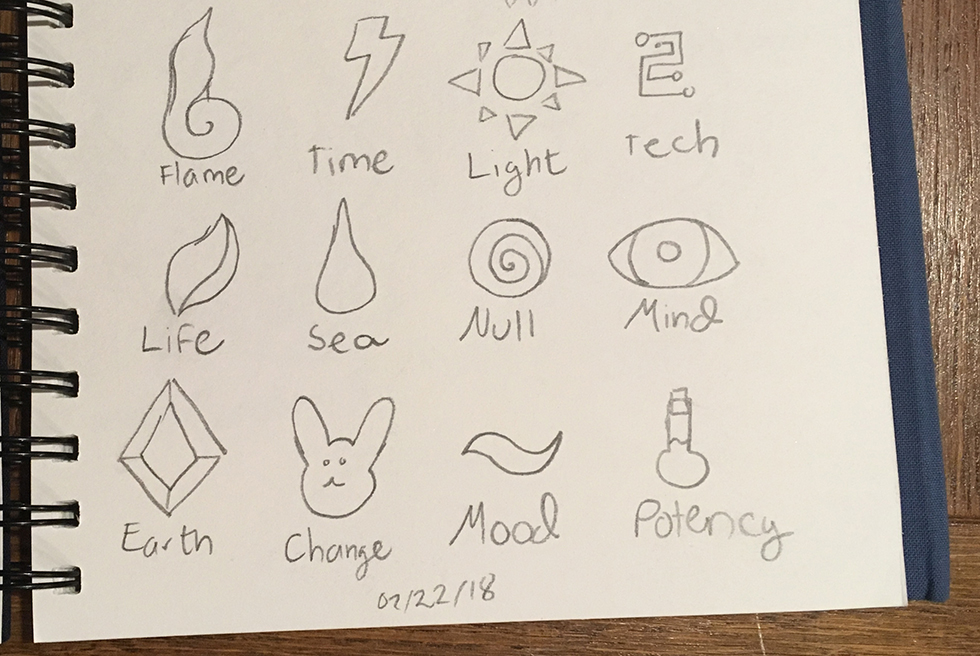
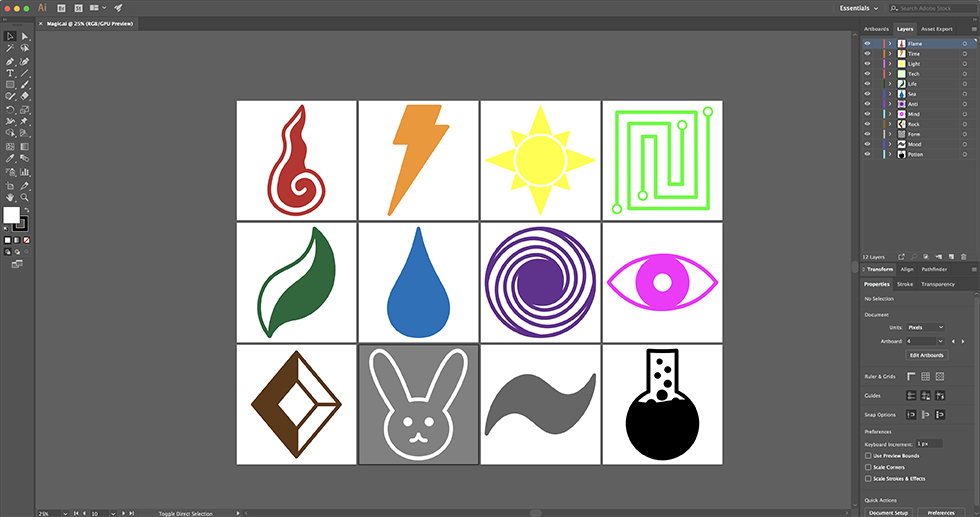
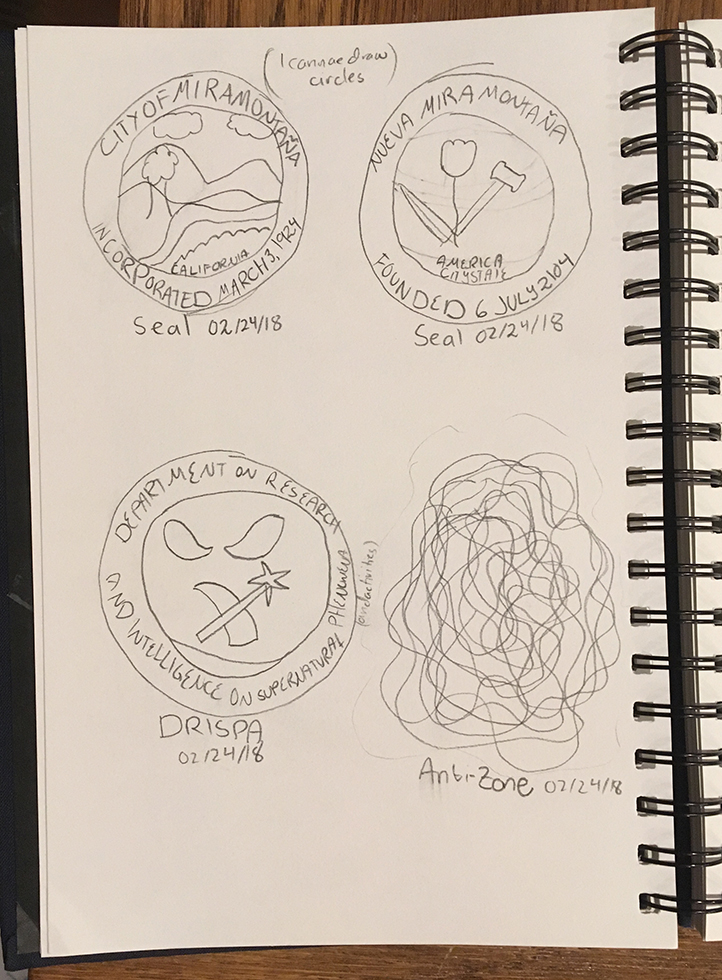
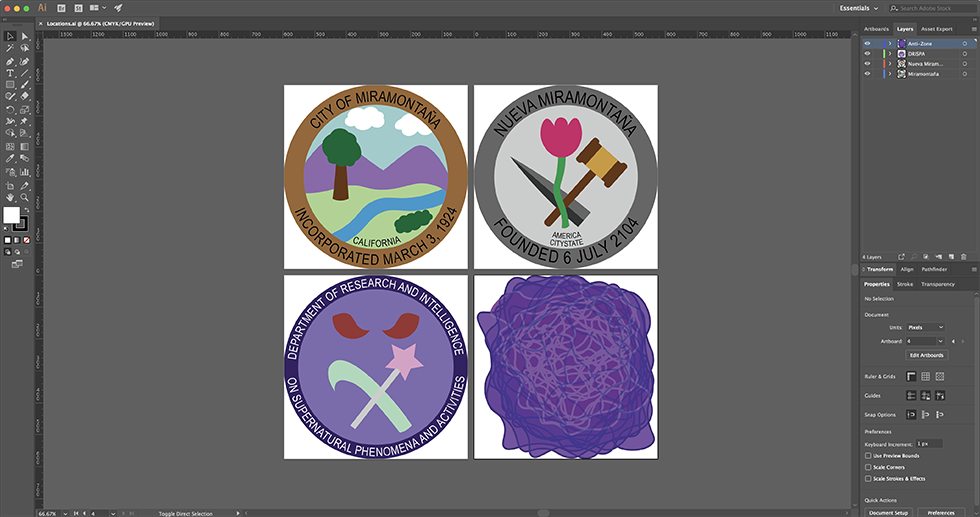
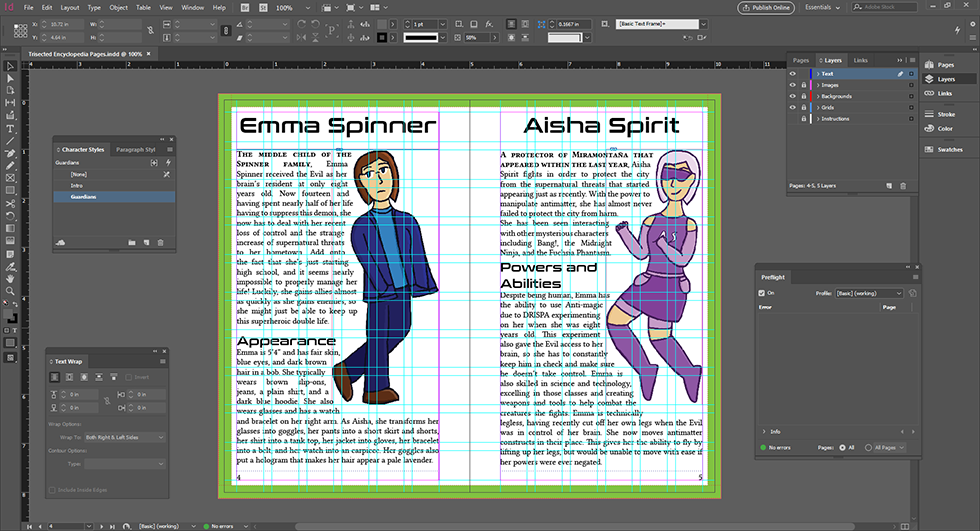
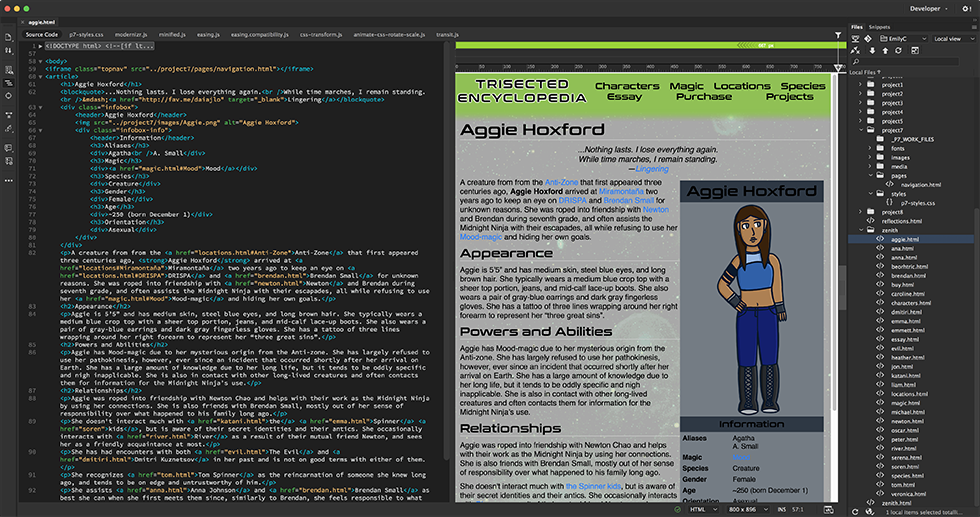
Reflection
A reflection about my work on the Zenith project.
One of the books we had around the house when I was a kid was the Star Wars Visual Dictionary, a thick encyclopedia detailing characters and concepts of the first six Star Wars movies. I absolutely loved reading this book, reading it cover to cover numerous times and at least once falling asleep atop of it in bed. I was obsessed with the amount of detail that went on in this universe that most of the audience would never notice. A few years later, I would start developing my own story, Trisected, which also had its own extensive universe, with over a dozen species, three hundred characters, and a story taking place over hundreds of years. So when it was time for the Zenith project, I decided to combine the two: make a (much shorter) encyclopedia for Trisected like the Star Wars Visual Dictionary, where I write all the text and draw all the images for the project, in an attempt to challenge both my writing and my drawing skills.
Over the course of the project, I soon realized that while the content was already not comprehensive of the entire story, this abridged version would still be difficult to complete in time, with a limited amount of time available for me to draw all of the required assets. As a result, while the project itself was completed on time, I often fell behind on checkpoints and had to cut some content that I could not complete.
For my research paper, while I initially planned to write about LGBT representation in western animation, I had trouble finding sources or much of a passion for the paper, leaving me unmotivated and it unfinished by the due date. I actually finished the majority of my Zenith before finishing the research paper, which eventually shifted into gender representation in Japanese animation. The initial concept for the research paper aligned with my story, which has many LGBT+ characters, which I made sure were focused on in a way so that their sexuality or gender wasn’t their entire purpose or existence in the story as a whole – I made sure to also make them people as well. The final paper, on the other hand, while enjoyable for me to write, connects little with my project (other than both being inspired by anime), but at that point I was more concerned with getting it finished rather than it being related to my project.
Similarly to my research paper, my attempts to collaborate with others also fell short – while I helped other people with their Zenith projects on occasion, my own stress with attempting to complete what I needed to reach my deadlines left me with no time to do the intended content-checking I would have my peers do. When it came down to it, the collaboration that occured during my Zenith project consisted entirely of my friend telling me that I had accidentally drawn one of my characters with two right hands.
If I were to approach this project again, I would focus a lot more on time management and thinking ahead when it came to my deadlines – a lot of the time I was only focusing on the deadlines for the current week, meaning I would fall behind on the content required for upcoming weeks. This would leave me in a state of near-constant anxiety and stress in terms of what I could complete. I would also try to utilize more of my free periods and after-school time to work. Most of my work relied on me being able to use the Cintiqs at Freestyle to draw, and I wasn’t utilizing the most of my Freestyle time to use the tablets, especially considering some of the things I did at Freestyle, like writing and sketching, could have been done at home at another time. I also didn’t account for some of my extracurriculars taking up so much time. Partway through the Zenith project, I started rehearsals for the musical Upstart, which meant I couldn’t utilize much of my after-school time to work on the Cintiqs.
I think I improved the most on the 21st century skill of creativity, as I vastly improved my digital art skills over the course of the project, making complete full-color renders of many of my characters for the first time. I also created multiple vectors in Illustrator and experimented a bit with the drawing of the species with using a monochromatic color scheme for each of them. I also wrote up a lot of information on my series for the encyclopedia and website, detailing information about the characters and their appearance, abilities, and relationships, as well as explaining many of the concepts and mechanisms of the story. I think I improved the least on self-direction, as I failed to stay on top of my deadlines. However, I will make sure to use the failure of me being able to stay on top of the Zenith’s deadlines as a benchmark for future self-directed assignments and understanding my capabilities. I also utilize the art techniques I learned and improved upon during this project in the future, particularly in regards to shading and vector creation.
Overall, I think this has been my best Freestyle project – I was able to create something about one of my own stories that I am extremely proud of, as well as meet (nearly) all of the project requirements. I also think the companion website is one of my best yet in terms of design and usability, and I love having a physical product related to my work. In the end, while my Zenith wasn’t particularly ambitious or civically responsible, I was personally invested in and enjoyed the process, as well as proud of the final product – and I think that’s what’s really important when undertaking a project like the Zenith.